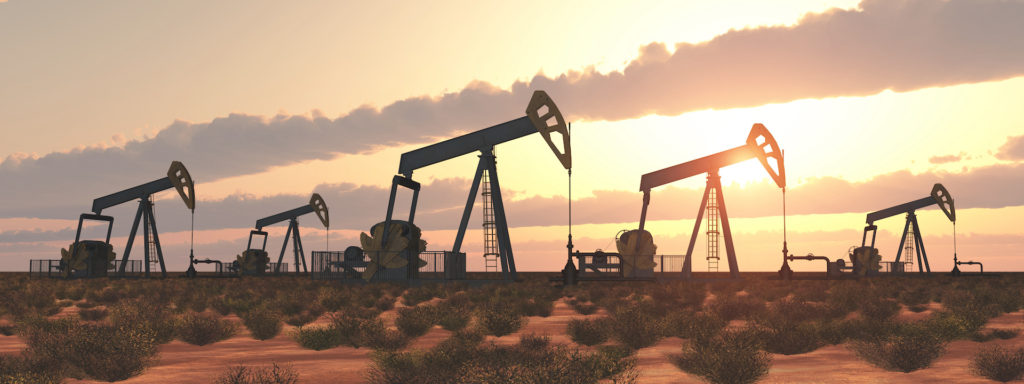
Rystad Energy sees U.S. crude production closing this year at 11.62 mbpd, with September-October output dropping back from the summer months. Despite the overall beneficial pricing environment, 2021 production is hindered by the fact that some 35-40% of shale operators have hedged their output, i.e. producing more would trigger financial losses. US oil production, boosted by robust drilling from Texas and New Mexico, is expected to surpass the 12mbpd mark by October 2022, Oilprice said.
Growing uncertainty over the OPEC+ agreement and warnings from the IEA of another oil price war has caused volatility in oil markets to spike.Despite Russia stepping up its efforts as a diplomatic intermediary, Saudi Aramco and the UAE are still far from finding common ground on the future of OPEC+ production cuts. In its current form, this month’s OPEC+ production quota would get rolled into the next month unchanged, leaving markets even tighter than originally expected.
According to Reuters reports, Saudi Aramco will supply full-term commitments to at least 5 Asian buyers in August 2021 but it will not supply any incremental volumes beyond that despite being asked to. This news would suggest that fears of OPEC countries starting another price war may be overblown. China’s customs data indicate another meager month of crude buying this June, with purchases averaging 9.8 mbpd. Against high outright prices, Chinese refiners have opted to run down stocks built up over 2020 whilst independents had their purchasing activity hindered by import quota allowances running out.
Following a deadlock in OPEC+ negotiations at the July 2021 meeting, oil prices briefly rose above $75 per barrel at the prospect of the alliance keeping output stable from August onwards, with producers in theory honoring their commitment to the original deal until a new way forward is agreed. As global oil demand is set to grow significantly, such a development would lead to a production deficit and Rystad Energy examined whether or not US shale can rise to the occasion and fill the imminent supply gap.
During the busy summer season global demand for oil typically rises, and as countries loosen lockdowns and reopen, the demand push also increases the “call on OPEC+”, or the number of barrels the oil market would require from OPEC+ producers to be at a theoretical perfect equilibrium, meaning inventories neither draw nor build. For August, Rystad Energy forecasts that the global market needs an extra 1.6 million barrels per day (bpd) of supply to be at this theoretical equilibrium.
Despite the price surge that this undersupply prospect is creating, Rystad Energy’s analysis reveals that US supply will only marginally increase this summer, nowhere close to filling the gap that potential OPEC+ inaction would create. Should US shale operators follow the price signal and decide to increase production, it would take at least nine months to see a meaningful supply result. Therefore, boosting output carries a considerable risk due to the volatility that surrounds oil demand and price trajectories.
Rystad Energy data show that US crude oil output reached about 11.45 mbpd in June 2021. Despite the bullish conditions, it is only forecast to grow by 60,000 bpd to 11.51 mbpd in July, remaining at the same level in August. A dip is then expected in September and October to 11.34 mbpd and 11.41 mbpd, respectively. A constant, albeit slow growth trajectory will commence in November 2021, when crude output is expected to rise back to 11.55 mbpd, then closing the year with 11.62 mbpd in December. From January 2022 onwards output will continue to rise, breaking the 12 mbpd monthly average only from October that year.
Texas and New Mexico are expected to drive nearly all oil production growth from the second half of 2021 through 2023, while the rest of the country is set to remain in a maintenance mode, producing around 5.3 mbpd to 5.4 mbpd over the coming years.
Despite the continuous growth, US monthly output in 2022-2023 is not expected to match the record 12.9 mbpd achieved in 2019, as WTI prices are not forecast to remain at the current high levels. There is, however, some upside potential if volatility continues, and if the currently robust WTI price environment pushes into next year, our forecast could be subject to revisions, Rystad Energy said.
